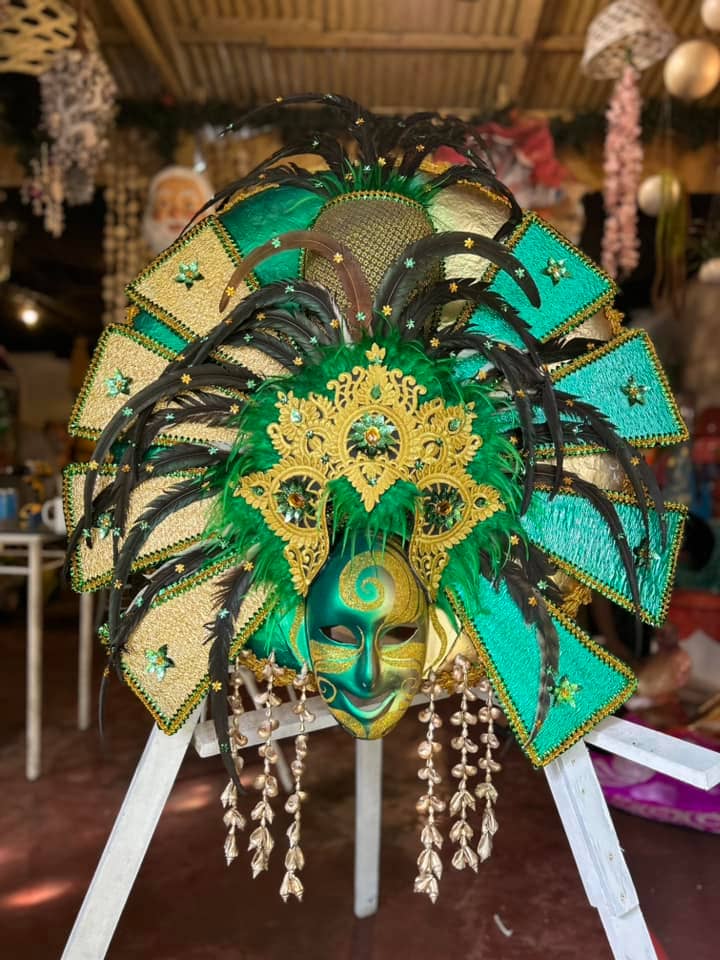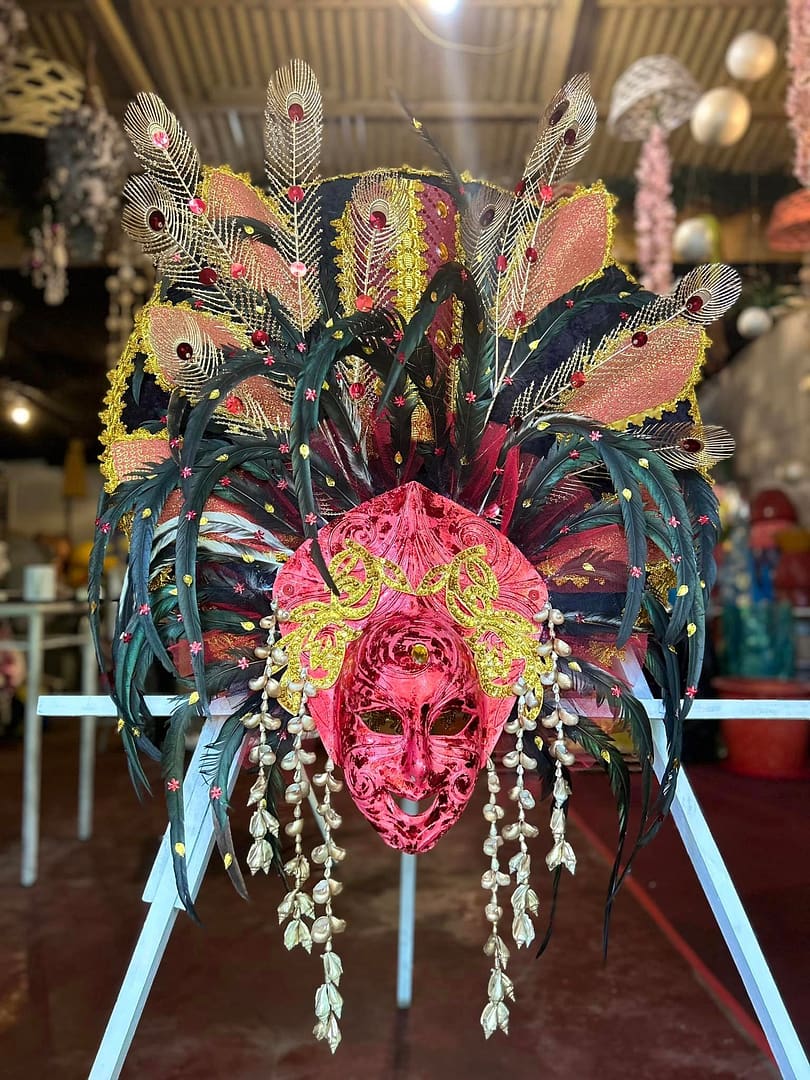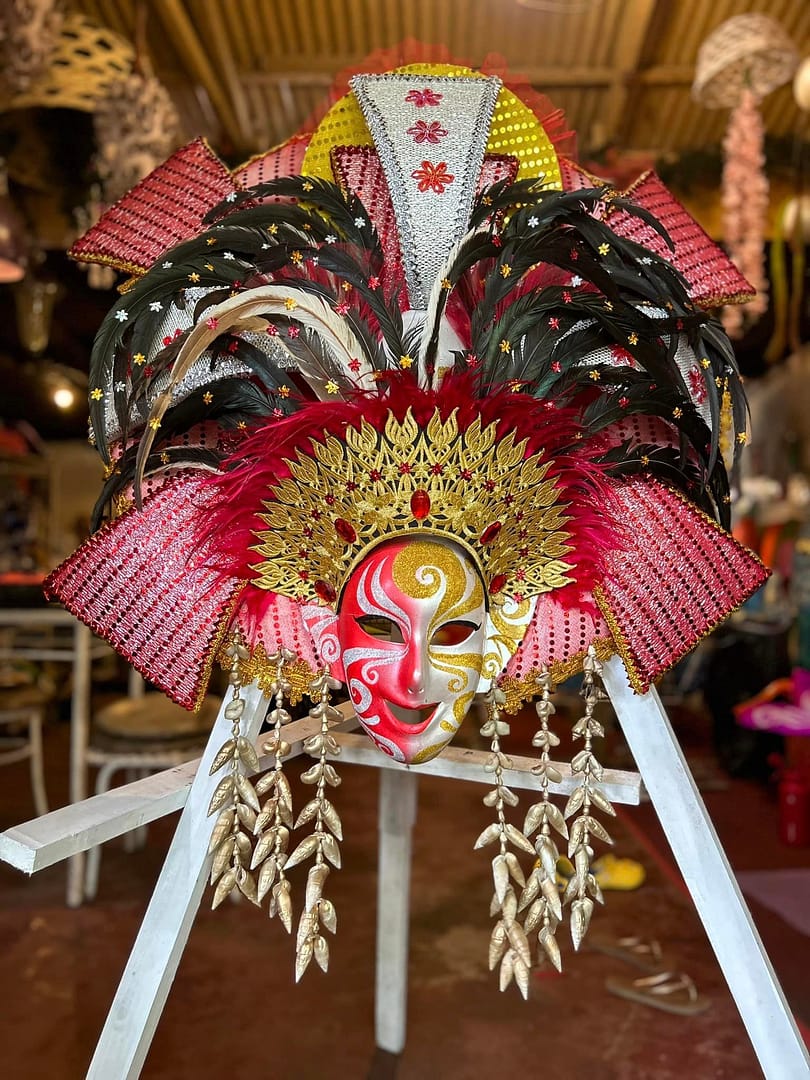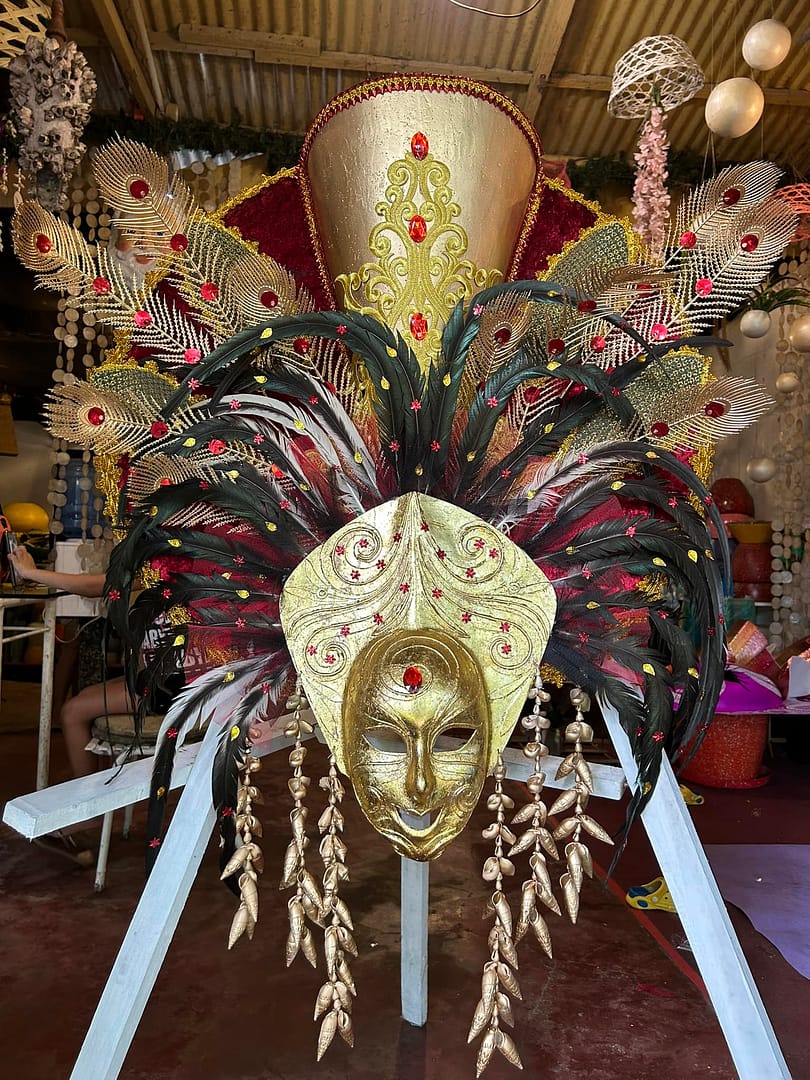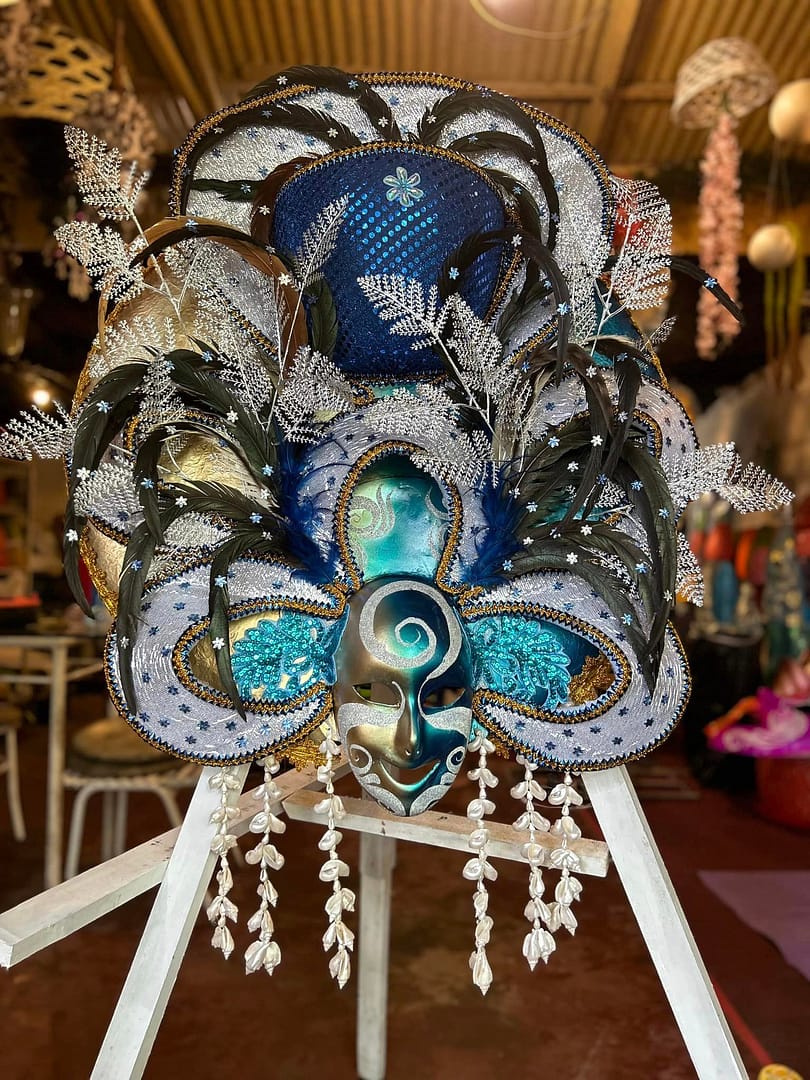Reposted from THE HAPPYTRIP.COM
Click here for full story: the happytrip.com
 In preparation for the 26th NEGROS TRADE FAIR on September 28-October 2, 2011 (Rockwell Tent, Makati City) of the ASSOCIATION OF NEGROS PRODUCERS . I’ve decided to share with you some products which we intend to bring to the fair. I have already shared with you some mirrors which we will bringing, and now I thought of featuring fresh water pearls accessories which many women loved.
In preparation for the 26th NEGROS TRADE FAIR on September 28-October 2, 2011 (Rockwell Tent, Makati City) of the ASSOCIATION OF NEGROS PRODUCERS . I’ve decided to share with you some products which we intend to bring to the fair. I have already shared with you some mirrors which we will bringing, and now I thought of featuring fresh water pearls accessories which many women loved.Pearl is the official birthstone for the month of June as adopted by the American National Association of Jewelers in 1912. It is also the birthstone for the Sun Signs of Gemini and Cancer.
An organic gem, pearls are formed inside mollusks such as oysters and mussels. They are formed when an irritant such as a tiny stone or bit of sand gets inside the mollusk’s shell. A lustrous substance, called nacre, is secreted around the object to protect the soft internal surface of the mollusk. As layer upon layer of nacre coats the irritant, a pearl is formed. Light that is reflected from these overlapping layers produces a characteristic iridescent luster. This process of building a solid pearl can take up to seven or eight years.
 The most valuable pearls are perfectly symmetrical, relatively large and naturally produced. They have a shimmering iridescence which is called orient luster. The principal oyster beds lay in the Persian Gulf, along the coasts of India and Sri Lanka, and in the Red Sea. Chinese pearls come mainly from freshwater rivers and ponds, whereas Japanese pearls are found near the coast in salt water.
The most valuable pearls are perfectly symmetrical, relatively large and naturally produced. They have a shimmering iridescence which is called orient luster. The principal oyster beds lay in the Persian Gulf, along the coasts of India and Sri Lanka, and in the Red Sea. Chinese pearls come mainly from freshwater rivers and ponds, whereas Japanese pearls are found near the coast in salt water.There are many types of pearls:
natural pearls(made without human interference),
cultured pearls (made when a foreign substance is intentionally inserted into a living oyster. This method was first used in 1893),
baroque pearls (pearls that have irregular shapes),
Biwa pearls (an irregular shaped pearl which forms in the freshwater of Lake Biwa, Japan), blister pearls (pearls which grow attached to the inside of the shell),
black pearls (gray to black pearls),
freshwater pearls (pearls which form in fresh water mollusks and resemble puffed rice),
Mabe pearls (cultivated blister pearls ),
seed pearls (small, tiny pearls used in Victorian jewelry and sewn on clothing).
Pearls vary in color from white to those with a hint of color, often pink, to brown or black. Each coloration will depend on the type of mollusk and the water where the mollusk lived. Because the nacre is organic, pearls are very sensitive to extreme heat, acids, dryness, and humidity. Care should be taken when storing them.
Peals are extremely versatile. Its is easy to pair it with other materials in jewelry making. In my designs of pearl jewelries, I would normally combine pearls with other materials such as crystals and other semi-precious stones. Aside from having an all stranded pearl jewelry, I am sure that most women nowadays would love to experiment wearing pearls with other components.
References: www.bernardine.com
http://en.wikipedia.org/wiki/Pearl


